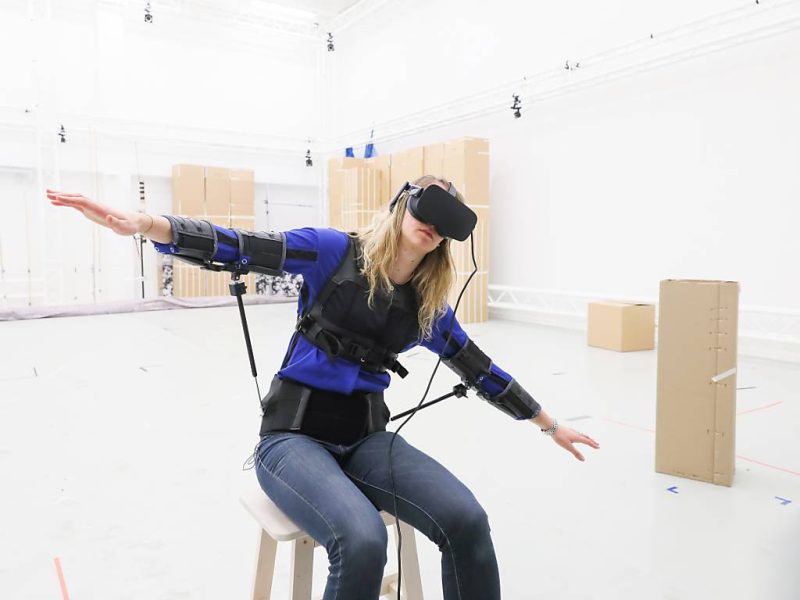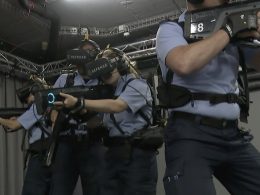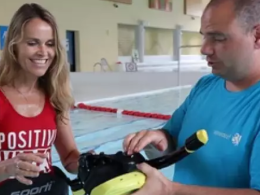Instead of using a joystick, researchers at EPF Lausanne now control drones with their upper body. This is more intuitive and precise and gives the pilot the feeling of flying like a bird.
"Our aim was to develop a control system that is easy to learn and requires less concentration from users," explains neuroengineer Jenifer Miehlbradt in a press release from EPFL. The result was a solution that allows pilots to control the drone intuitively with their upper body.
The range of applications is huge, from flight simulators to flying drones and perhaps even aircraft of the future.
The research group developed the control system by studying the body movements of people and deducing the movement patterns. To do this, they placed 19 markers on the upper body of the test subjects. The test subjects then had to follow the movements of a virtual drone using virtual reality goggles. It turned out that four markers on the pilots' upper bodies were enough to steer a virtual or a real drone through an obstacle course.
Upper body control was superior to conventional control via a joystick in terms of precision. In contrast, joysticks may be simpler in design, but they are much more challenging to use. Pilots required only minimal training for the innovative control system, as the ETH writes.
Flight feeling of a bird
"Using your upper body gives you the feeling of really flying," explains Miehlbradt. Together with a virtual world, this makes the immersion particularly strong.
"With the help of data analysis, a very intuitive control system has been created," says Silvestro Micera, Head of the Translational Neuroengineering Laboratory at EPFL. According to the researchers, this approach could also be used for other devices.
The current use of upper body control is still limited by the fact that external motion sensors are required in addition to the control jacket for the system to function. A control jacket that works without external sensors has therefore already been developed at EPF Lausanne, as the researchers recently reported in the journal "IEEE Robotics and Automation Letters".
Source: Inside-it / Watson









